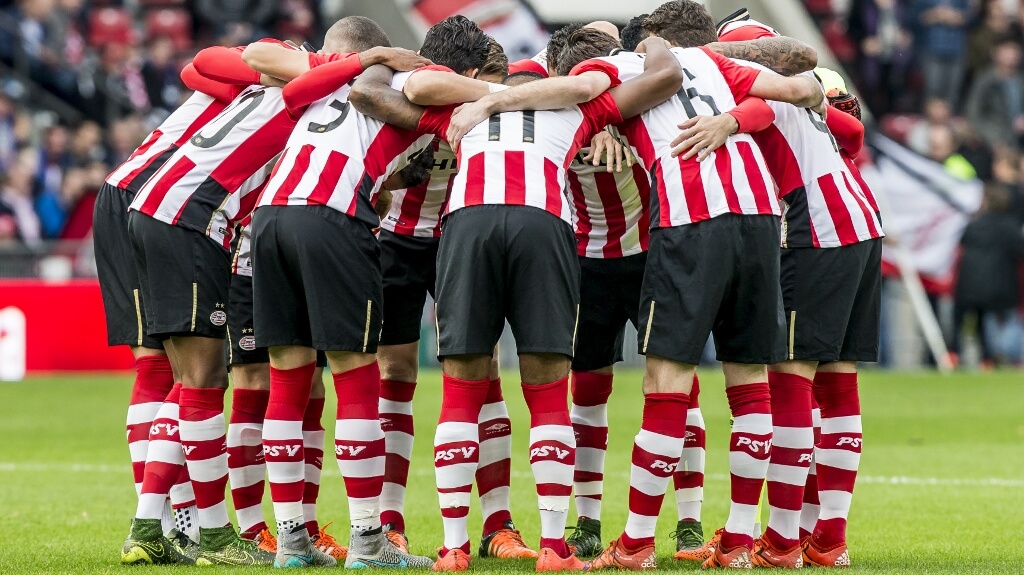How To Define Your Team’s Mission
People are more dedicated when they understand broader business objectives.

As the articulation of your company’s purpose, a mission statement creates clarity of your True North, the reason why you do the things you do, and how everyone’s work ladders up to the bigger picture.
According to Asana’s research, 51% of UK employees say they would be more productive if they saw how their work aligned with overall business objectives. Every decision your employees make can be made based on the question, “Which choice would be most in service of our mission?”.
Without an answer to the question “why,” it’s difficult to know which feature to develop, what markets to enter, how employees should collaborate with one another, or how to make the millions of micro-choices required to build an organization.
So how do you hone in on the right set of words?
Articulating your mission
Spread ideas. Belong anywhere. Accelerate the world’s transition to sustainable energy. These are the mission statements of TED, Airbnb, and Tesla.
To each of these companies, their words capture their sense of purpose: and impact every part of their business, from how they spend their time to how they create brand clarity among customers.
They also impact employee retention. One study found that employees are 2.3 times more likely stay in a position if there is a feeling of purpose. That number jumps to 5.3 among millennials.
The process of writing a mission statement is as much about self-reflection as market analysis, digging deep to find exactly why your company needs to exist. It isn’t easy, and the roadblocks are both internal (What are we really doing?) and external (Will these words translate to others?). But the result is a company clear on its mission.
Here’s how we found the right words to capture our mission at Asana, in three phases:
Phase 1: Generating ideas
In phase 1, no ideas are bad ideas.
Part brainstorm, part brain dump, this phase is about surfacing ideas without judgment or filter by exploring all possible answers to the question “Why are we doing this?” But really… why?
Why now? Why this company? The goal is to pinpoint what really matters.
Phase 2: Analysis
In this step you shift from idea generation to curation, determining which combination of words, phrases, and ideas captures your team’s reason for existing. Our research found that a third of UK employees believe their business suffers from a lack of direction; honing the ideas from your brainstorm down to a clear purpose is essential.
For each phrase or concept, we’re asking, “Is this idea…"
Audacious? If we achieve this, have we done something amazing? Mission statements are at their core sources of inspiration. This is a time to be bold, aspirational, even edgy. This is about what you’re creating in the world.
Imaginable? Even if your statement is wildly audacious, someone should still read it and think, “Yes, I can imagine a world in which that has come true.”
Approachable? Speak at a human level, describing the human need that’s being satisfied. Avoid jargon.
Complete? Are there things that we know in our hearts we’re going to want to work on that don’t fall into this statement? If so, how can we abstract the statement to be inclusive?
Specific? Does the statement act as a compass, clearly outlining what is (and isn’t) possible for your future? Challenge yourself to use ever-more-accurate vocabulary.
Pithy? You want everyone in your company to be able to recite this statement from memory. To make it maximally memorable, how can you make every word count, wordsmith it down to its core essence?
Precise? Think about the meaning of each word. Does it say exactly what you want to say?
Phase 3: Wrap it up
It can be tempting to debate each word choice over, and over, and over. Don’t let the perfect be the enemy of the good. Committing is more important than wordsmithing endlessly.
Incorporating mindfulness will help you and your team stay centred and connected.
A few more tips:
- Incorporate stakeholders. It may make sense to kick off the idea-generation phase by asking for contributions. We sometimes don’t know what we don’t know. Inviting others to the process widens and deepens perspective.
- Make this more than an intellectual exercise. Get your team to tune into their emotions. Don’t be afraid to inject some passion when brainstorming.
- Stay inspired and connected. Remind yourselves that this is about the space between one another, the purpose that has brought you together.
- Take breaks. Sleep on it. This can help separate the pride of creation from the objectivity of curation, yielding greater perspective and fruit. So great you’ll want to post it on your walls.
This process, while intense, can yield great fruit.
Justin Rosenstein is co-founder of Asana.
Thanks for signing up to Minutehack alerts.
Brilliant editorials heading your way soon.
Okay, Thanks!


